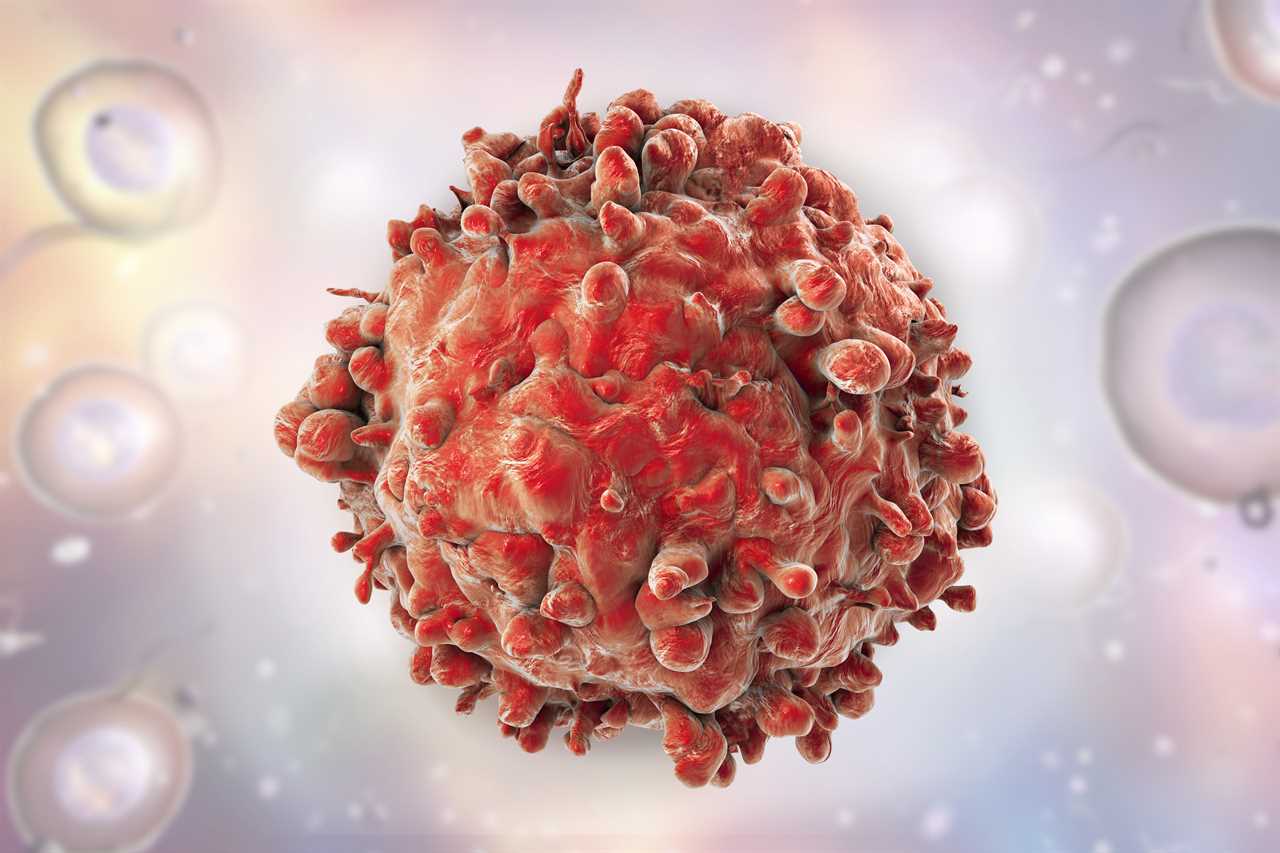AS one of the most common childhood cancers around, chances are you know what leukaemia is.
But can you actually name any of the symptoms associated with the deadly illness?

Survival rate for leukaemia stands at just over 50 per cent, making it one of the most deadly cancers
According to results of a recent survey, less than 1 per cent of Brits are able to identify all four common symptoms of the cancer.
Leukaemia is a type of blood cancer that affects people of all ages, with 10,000 people getting diagnosed in the UK every year.
Overall survival rate for the disease stands at just over 50 per cent, making it one of the most deadly forms of cancer.
However, a survey conducted by two cancer charities found that over two-fifths (42 per cent) of people cannot recognise any of the four most widely reported symptoms of the disease.
It also revealed that 43 per cent people wrongly think leukaemia is most common in the under 24s.
Fiona Hazell, chief executive of Leukaemia UK — one of the charities who published the survey– believe this mistaken belief could cost lives.
“In reality, both incidence and mortality rates rise sharply after the age of 55,” she explained.
“Raising awareness in this age group is critical in order to treat it early and effectively; and ultimately to improve survival rates overall,” she said.
Like with all cancers, catching leukaemia early means treatment is more likely to be successful.
In response to the survey results, Leukaemia UK and Leukaemia Care have together launched a new campaign — called #SpotLeukaemia — to make people more aware of the symptoms.
Zack Pemberton-Whiteley, chief executive of Leukaemia Care also said the results of the survey were “extremely worrying.”
“It’s crucial that if you think you have fatigue, bruising or bleeding or repeated infections that you contact your GP and ask for a blood test. It’s as simple as that,” he said.
What are the different types of leukaemia?
There are four main types of leukaemia.
They are:
Acute Lymphocytic Leukaemia (ALL) – A rapidly progressing form of the disease. More common in children.
Acute Myeloid Leukaemia (AML) – Rapidly progressive. More common in adults.
Chronic Lymphocytic Leukaemia (CLL) – Slowly progressing form and more common in adults.
Chronic Myeloid Leukaemia (CML) – Progresses slowly and is more common in adults.
Can leukaemia be treated?
Currently there are five ways leukaemia can be treated.
They are:
Chemotherapy – These are cell-killing drugs which kill and/or stop them from dividing. Chemotherapy is often given in blocks or cycles of treatment. One cycle of treatment will consist of a series of doses of chemotherapy followed by a break for the healthy cells to recover.
Radiation therapy – This treatment uses high-energy radiation to kill cancer cells. It is not used to treat all types of leukaemia.
Targeted therapy – Drugs which specifically recognise and kill leukaemia cells.
Biological therapy – A treatment which uses the immune system to destroy leukaemia cells.
Stem cell transplant – Younger patients may be given a stem cell transplant (bone marrow transplant). This may be done using your own healthy stem cells or stem cells from a donor. This is most commonly done for acute leukaemia if chemotherapy does not cure the disease.






